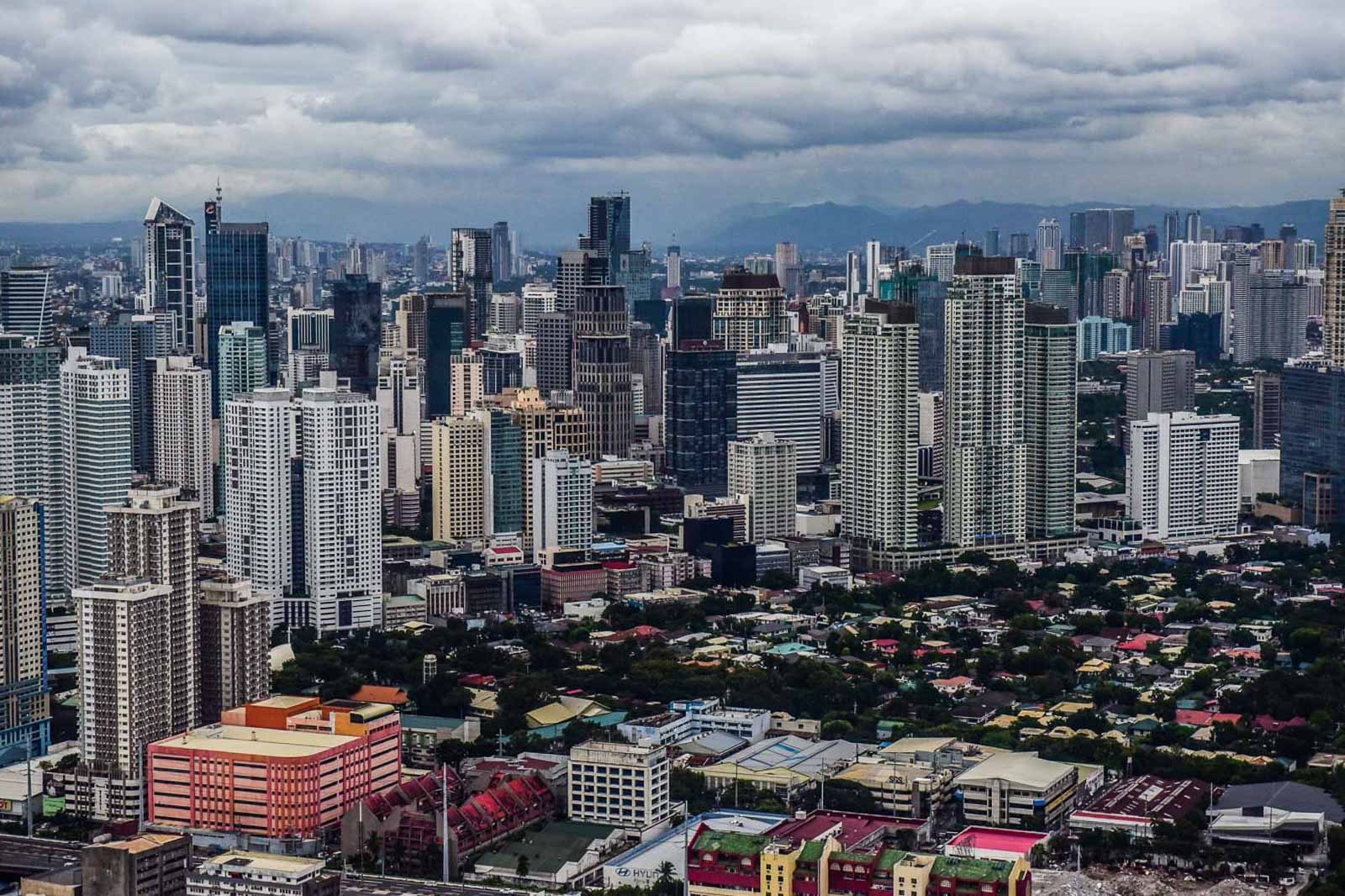SUMMARY
This is AI generated summarization, which may have errors. For context, always refer to the full article.

MANILA, Philippines – President Rodrigo Duterte announced a lockdown in Metro Manila on Thursday evening, March 12.
The lockdown will last from March 15 to April 14, which will “restrict” the movements of goods, services, and even people to and from the country’s capital region. This is part of government efforts to contain the spread of the novel coronavirus. (READ: What we know so far: The Metro Manila coronavirus lockdown)
Jayeel S. Cornelio, associate professor and the director of the Development Studies Program at the Ateneo de Manila University, believes the measure is “a big mistake.” (READ: Questions Filipinos are asking about the coronavirus lockdown)
“At the end of the day, people have to work. And many Manileños are in fact on a no-work-no-pay arrangement,”Cornelio said in a phone interview with Rappler.
So just about how many employees and businesses are vulnerable to the economic blow of the novel coronavirus pandemic, especially the lockdown in Metro Manila? What is the government doing to protect workers? And what exactly are the unemployment benefits provided by the SSS?
How many businesses are there in the Philippines and Metro Manila?
Based on the 2012 Census of Philippine Business and Industry, the latest version available as of writing, there are about 219,184 business establishments in the country.
The services sector make up the bulk at 86% or 188,502 establishments. Meanwhile, the industry sector only has 28,221 establishments, and agriculture about 2,461.
Of all services-related business establishments nationwide, almost 34% or 74,102 establishments are located in Metro Manila. This means 3 in 10 establishments in the Philippines are in the National Capital Region.
These businesses are engaged in the following:
- Wholesale and retail trade
- Repair of motor vehicles and motorcycles
- Transportation and storage
- Accommodation and food service activities
- Information and communication
- Financial and insurance activities
- Real estate activities
- Professional
- Scientific and technical activities
- Administrative and support service activities
- Education
- Human health and social work activities
- Arts
- Entertainment and Recreation
- Other Service Activities
How many employees are there in Metro Manila?
The Philippine Statistics Authority said in February that based on the July 2019 Labor Force Survey, NCR has about 9.38 million people aged 15 years old and over.
Of this number, about 5.77 million are part of the labor force. But this only refers to Metro Manila residents.
A 2015 study of the Japan International Cooperation Agency said Metro cities with central business districts like Makati, Mandaluyong, Manila, Quezon City, and Pasig “have a daytime population larger than their nighttime population.”
To provide more context, the PSA 2015 census said Metro Manila has a population of 12.88 million – all ages combined. But this number swells to around 15 to 16 million during daytime, because of the influx of people from neighboring cities and provinces coming to the country’s capital region for business, school, and other purposes.
How much does Metro Manila contribute to the economy?
“Metro Manila, you have to realize, is the economic engine of the Philippines. So a big proportion of our GDP is based here,” said Cornelio.
Data for the full year of 2018, the latest regional breakdown available, show that NCR accounted for the largest share in the country’s GDP at 36%. This translates to about P6.27 trillion in current prices.
Metro Manila also contributed the most in terms of GDP growth rate in 2018, at 1.8 percentage points. – Rappler.com
Add a comment
How does this make you feel?
There are no comments yet. Add your comment to start the conversation.